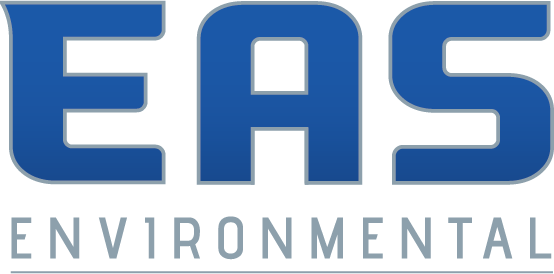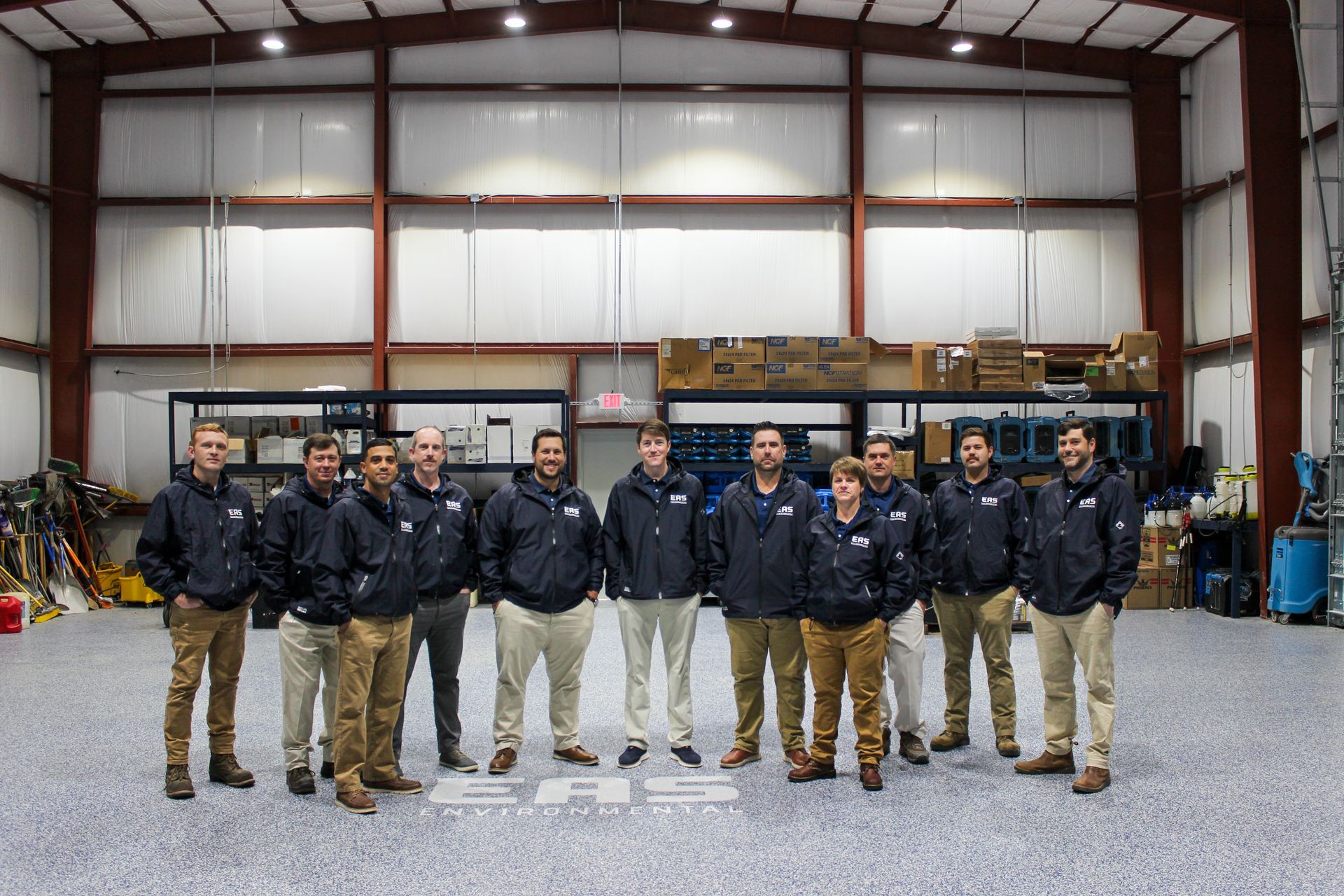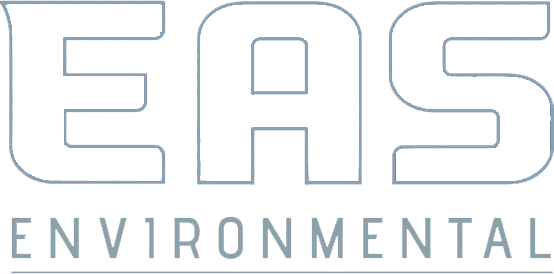
Water is the giver of life, yet when it enters our homes in uncontrollable quantities, it can become a destructive force. From leaky faucets to full-blown floods, dealing with water damage can be overwhelming. However, understanding the process of water damage restoration can not only help you manage the situation effectively but also prepare you for what to expect when working with professionals.
This comprehensive guide will walk you through the intricate steps involved in water damage restoration, from initial assessment to the final touches. Whether you're a homeowner in the midst of a water crisis or a professional looking to refine your skills, this article demystifies the restoration process, offering you deep insights and expert tips.
Step 1: Emergency Contact and Inspection
The first step in water damage restoration is to act swiftly. Whether it's the dead of night or the peak of a weekday, water damage does not abide by a schedule, and immediate action can make all the difference in mitigating the long-term effects. After you've discovered the water intrusion, the emergency contact for a water damage restoration company should be your first call.
Upon arrival, a team of professionals will conduct an extensive inspection of your property, identifying the source of the water and categorizing the type of water damage to determine the appropriate response. They will assess the extent of the damage to your structure and belongings to provide a clear plan of action and cost estimate for the restoration process.
Step 2: Water Extraction
Once the inspection is complete, the next critical step is water extraction. High-powered pumps and vacuums are used to remove hundreds or even thousands of gallons of water from your property. This step is crucial in preventing mold growth, as standing water can quickly become a breeding ground for harmful microorganisms.
If the water intrusion is severe, the removal process may be continuous for an extended period until all visible water is extracted, followed by strategic placement of drying equipment to address unseen moisture that may have infiltrated porous materials.
Step 3: Drying and Dehumidification
After bulk water is removed, the focus shifts to drying and dehumidification. The restoration professionals will begin by taking humidity readings to determine the moisture levels in the air and materials. Industrial-strength air movers and dehumidifiers will be positioned to circulate the air and hasten the evaporation of water from surfaces and within materials.
This phase can be the most prolonged, as thorough drying is vital to prevent structural damage and mold growth. Monitoring equipment is used to regularly check moisture levels until the property is deemed dry.
Step 4: Cleaning and Sanitizing
Water damage often comes with the added burden of contaminants and odors. After the affected areas are completely dry, the restoration team will begin the process of cleaning and sanitizing your property. Non-porous materials can usually be restored, while porous materials may need to be replaced to prevent the spread of contaminants and ensure the health and safety of the inhabitants.
Specialized cleaning techniques and antimicrobial treatments are used for salvageable materials to remove odors and protect against mold and microbial growth. Cleaning also includes not just the structures, but all salvageable contents affected by the water damage, such as furniture, curtains, and personal items.
Step 5: Restoration
Once the cleaning and sanitization process is complete, the final step is restoration. This may involve minor repairs, such as replacing drywall, painting, or installing new carpet, or major reconstruction, such as rebuilding entire rooms of your home. The objective is to return the property to its pre-damaged condition.
Restoration can be a lengthy process, especially in cases of extensive damage, but it is crucial to take the time necessary to ensure the work is done properly, and your home is safe and habitable once again.
Additional Considerations in Water Damage Restoration
Insurance and Documentation
Dealing with water damage is not just a matter of physical restoration; it's also a financial and legal process. It's vital to understand your insurance coverage and to document the damage thoroughly with photos and detailed descriptions before any cleaning or restoration work begins. Clear documentation will strengthen your insurance claim and help ensure you receive the compensation you're entitled to.
Health and Safety
Throughout the restoration process, health and safety should be top priorities. Standing water can contain harmful pathogens, and improper handling can lead to serious health risks. It's essential to adhere to safety protocols, such as wearing protective gear and using proper ventilation, to avoid illness or injury.
Professionalism and Certification
Selecting a reputable water damage restoration company is a critical decision. Look for professionals who are certified by industry organizations, such as the Institute of Inspection, Cleaning and Restoration Certification (IICRC). Certification ensures that the restoration company adheres to the highest standards and best practices in the field.
Prevention and Aftercare
Water damage can often be mitigated with preventative measures. After restoration, consider implementing safeguards such as sump pumps, backflow preventers, or regular maintenance checks to avoid future water-related disasters.
Understanding the water damage restoration process empowers you to take swift, informed action in an emergency. Whether you're a homeowner or a professional, the knowledge gained from this guide equips you to handle water damage with confidence and effectiveness. Remember, when water damage strikes, time is of the essence, and a well-executed restoration effort can save you time, money, and the headaches of long-term damage.
Contact EAS Environmental Today!
EAS Environmental will do everything we can to ensure your experience with us is excellent.
Request A FREE Estimate
Request a Free Estimate Form
We will get back to you as soon as possible.
Please try again later.
Checkout Recent Post
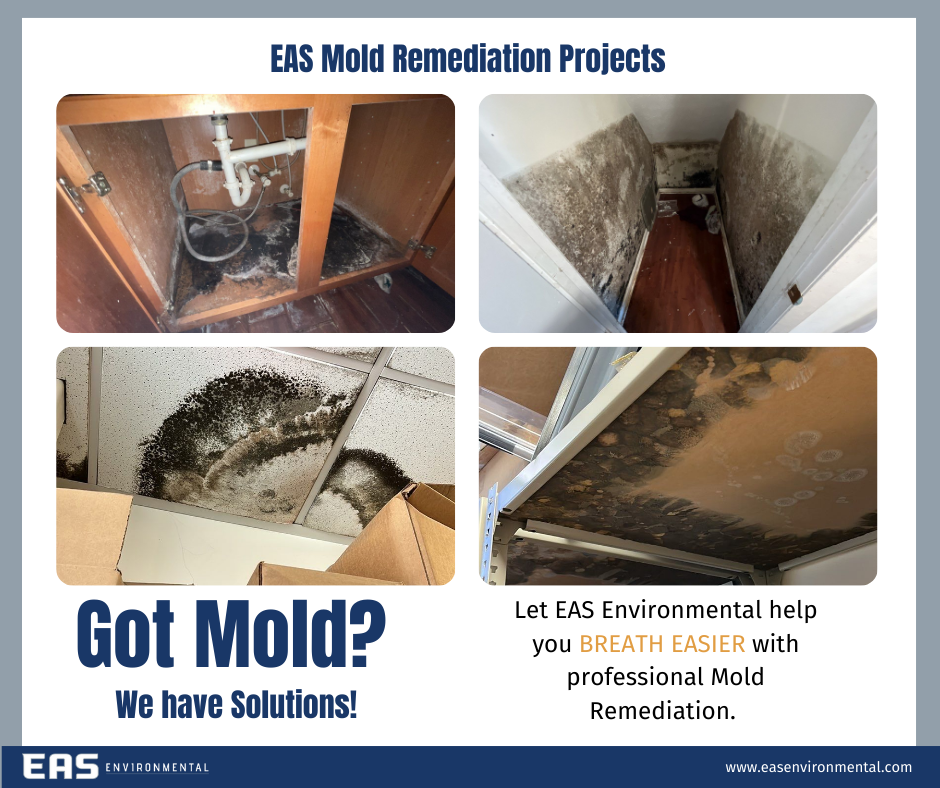
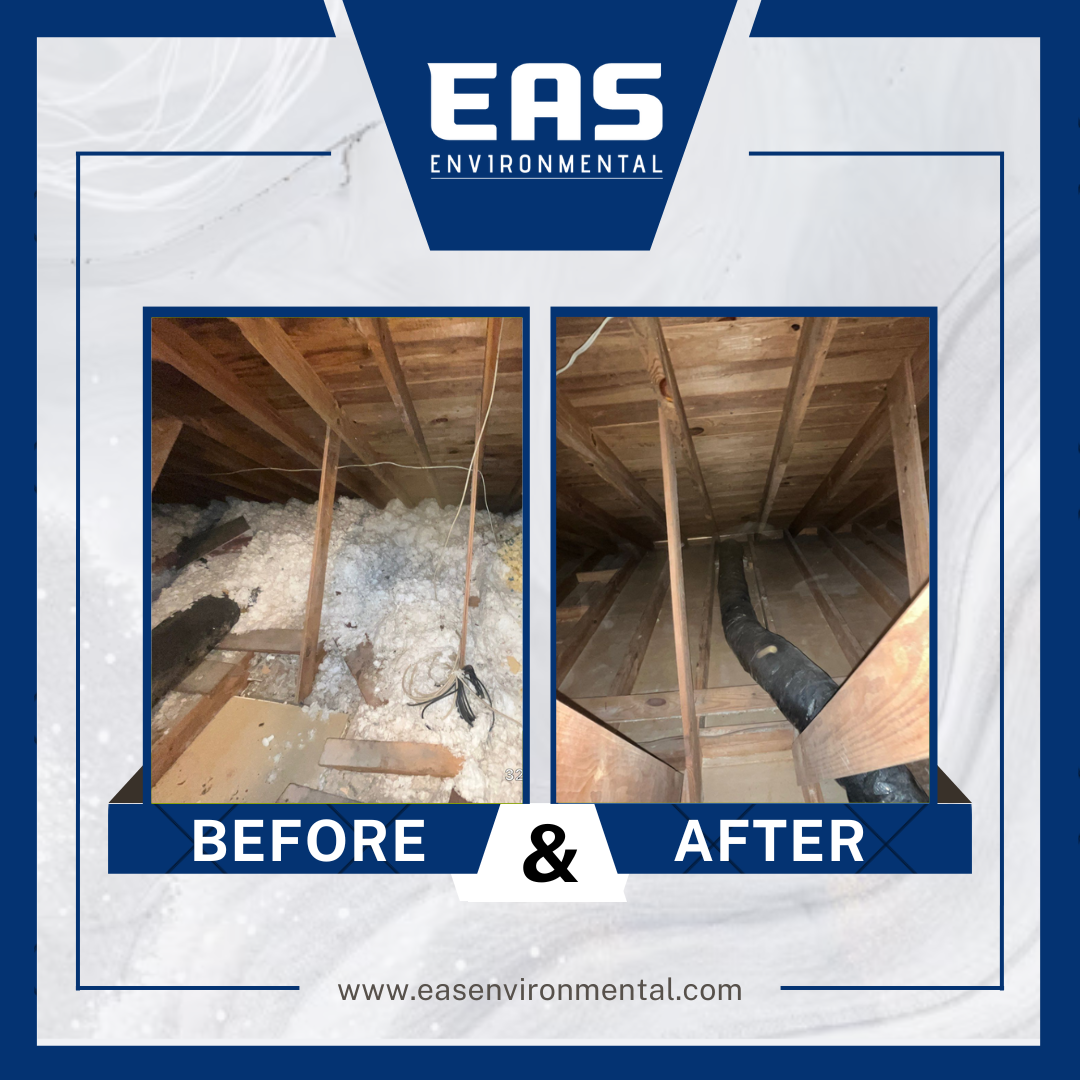

Got a Question? We’re Here to Help.
You can arrange an appointment or make an enquiry by phone or email, orget in touch to us via our contact form.
EAS Environmental is a specialty asbestos and lead abatement and demolition company that service the state of South Carolina.
CONTACT INFORMATION
Phone: 843-977-3273
Email: sturner@easenvironmental.com
Address: 125 Bud Lane Ladson, SC 29486
All Rights Reserved | EAS Environment
Privacy Policy | Terms & Conditions | Sitemap
